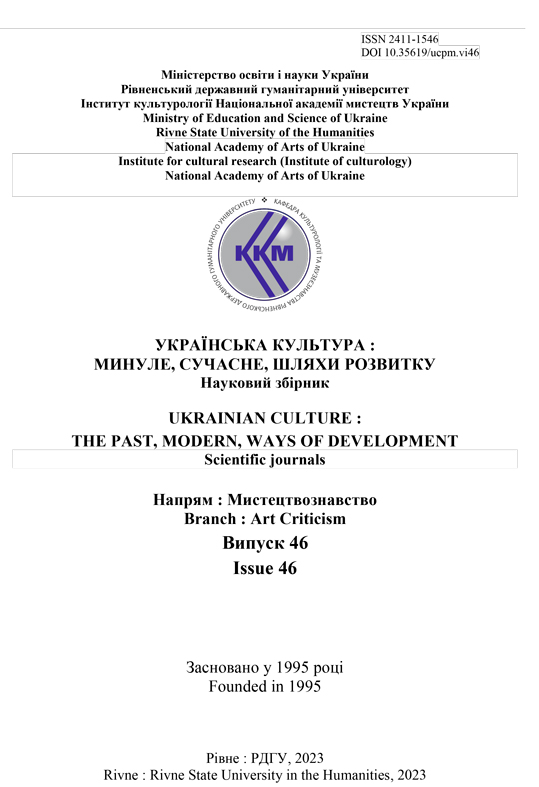THE GERMAN CHORAL MOVEMENT OF THE EARLY TWENTY-FIRST CENTURY: THE REGIONAL DIMENSION
DOI:
https://doi.org/10.35619/ucpmk.v46i.677Keywords:
socio-cultural environment, vocal and choral movement, musical performance, periodization, sociocultural activity, choral singing, singing practice.Abstract
The article presents an art historical analysis of the characteristic features of the vocal and choral movement in Germany in the early twenty-first century in the regional dimension. On the example of the creative activity of the vocal and choral association Liederkranz Wolnzach, Markt Wolnzach, Landkreis Pfaffenhoffen an der Ilm, a number of cultural and artistic provisions regarding the culture-creating role of choral art in the socio-cultural environment of the territorial community are substantiated. The importance of choral singing in the formation of the cultural sphere of the local community is emphasized. The essence of the creative principles of the vocal and choral movement in its historical and cultural spread in
the Bavarian region of Germany is investigated. The content of concert programs of local choral association centers is analyzed. The ways of integration of the vocal and choral movement into the national socio-cultural sphere are determined.
The synergistic effect of the dialectical interaction of various segments of musical education, namely: choral singing (church and secular); ways of mastering diverse musical literature (choral, musical and theatrical) is revealed. Attention is focused on the interpretation of contemporary vocal and choral literature and the peculiarities of the course of musical (repertoire)
interests of society; the peculiarities of the configuration of the artistic infrastructure of the territorial community, which was
formed on the basis of democratization and pluralization of various forms of cultural practice, are considered. The author
outlines possible directions of methodological discourse in the context of the current common European cultural space.




